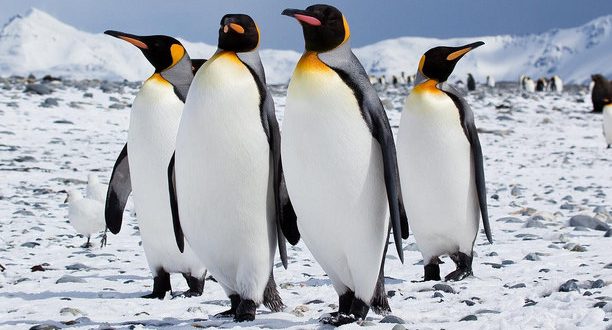A new record high temperature for Antarctica was set on March 24, 2015, and just recently confirmed by the World Meteorological Organization.
The World Meteorological Organization (WMO) confirmed Argentina’s Esperanza base recorded a record-high of 63.5 degrees Fahrenheit on March 24, 2015, beating out the previous record-high of 59 at Vanda Station on Jan. 5, 1974.
“Verification of maximum and minimum temperatures help us to build up a picture of the weather and climate in one of Earth’s final frontiers,” said Michael Sparrow with the World Climate Research Programme, according to Reuters.
No doubt the news sparked comments from news outlets about impending global warming doom. Reuters warned Antarctic ice melt would “raise sea levels by about 60 meters (200 ft) if it were all to melt.”
The Huffington Post ran with the headline “Antarctica Sees Record Heat As Scientists Worry About Rising Seas” in their syndication of the same Reuters article.
Sounds like a nice balmy day on the Antarctic Peninsula, but let’s put the news into context.
The Esperanza base is located on the northern tip of the Antarctic Peninsula and just outside the Antarctic Circle. The base is farther north than the Vanda Station, which at the mouth of the Onyx River.
Temperatures around the base average 22 degrees Fahrenheit, but fluctuate widely throughout the year. March is near the end of the Antarctic summer when temperatures typically peak, so a record-high reading is most likely to occur during this time.
Antarctica logged a record-cold temperature in 2014, according to NASA climate scientist Gavin Schmidt, but until confirmed by the WMO, the coldest temperature ever recorded in the South Pole was -128.6 degrees Fahrenheit at the Soviet Union’s Vostok Station on July 21, 1983.
The Weather Underground first reported the record-breaking temperature in 2015, but it was confirmed by the WMO until Wednesday.
Weather Underground noted the record temperature readings “were made possible by an unusually extreme jet stream contortion that brought a strong ridge of high pressure over the Antarctic Peninsula, allowing warm air from South America to push southwards over Antarctica.”
Antarctic sea ice was at record levels in 2014 — records that were shattered in 2015. Sea ice has since hit record-lows in 2016 as global average temperature got a boost from an incredibly strong El Nino warming event.
Agencies/Canadajournal
 Canada Journal – News of the World Articles and videos to bring you the biggest Canadian news stories from across the country every day
Canada Journal – News of the World Articles and videos to bring you the biggest Canadian news stories from across the country every day



